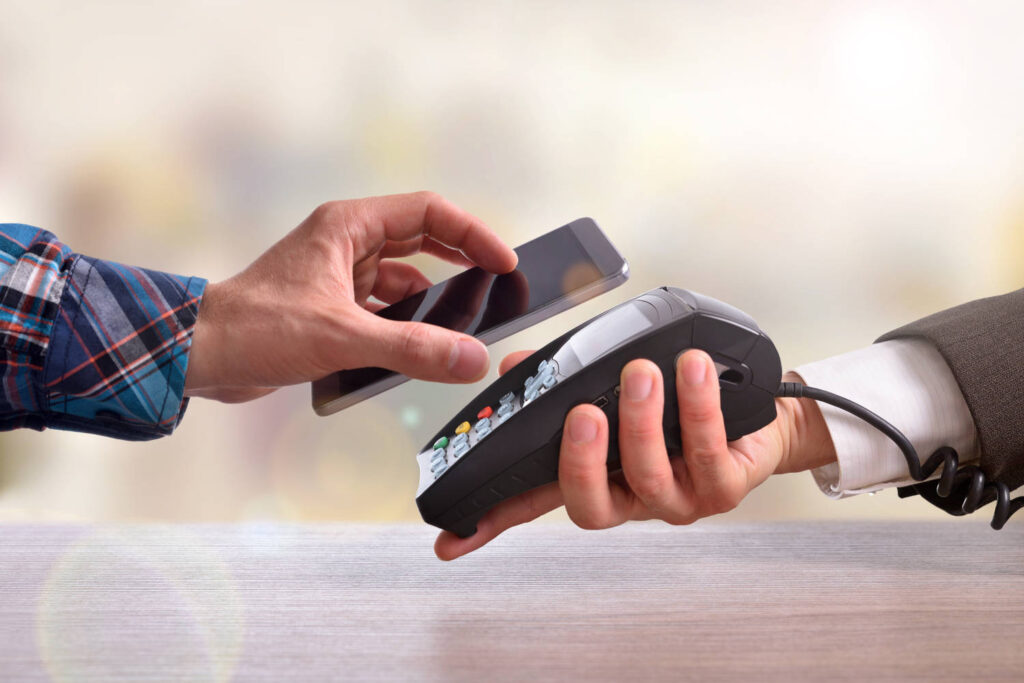In today’s rapidly evolving global economy, fostering economic inclusion has emerged as a crucial goal for governments, financial institutions, and policymakers alike. A significant component of achieving this goal is enhancing financial access for underserved populations, and one approach that has gained traction is the implementation of micropayment policies. These policies, centered around facilitating small-scale transactions and financial interactions, hold the potential to create a profound impact on economic inclusion by addressing the barriers that have historically excluded marginalized individuals from the formal financial system. Micropayments refer to transactions of nominal value, often involving small sums of money that are frequently encountered in daily life, such as buying groceries, paying utility bills, or using public transportation. For individuals living in poverty or lacking access to traditional banking services, these seemingly minor transactions can become major hurdles. Micropayment policies are designed to lower the cost and complexity of such transactions, effectively promoting financial access by enabling these individuals to participate more fully in economic activities.

One of the primary ways 소액결제 정책 promote economic inclusion is by reducing transaction costs. Traditional banking services often come with fees that may be disproportionately burdensome for low-income individuals. By implementing policies that waive or minimize transaction fees for small payments, governments and financial institutions can encourage the unbanked or under banked to enter the formal financial ecosystem. This not only facilitates basic financial transactions but also introduces them to a range of financial products and services that can help them save, invest, and plan for the future. Moreover, micropayment policies can leverage digital technologies to enhance financial access. The proliferation of mobile phones and digital platforms has opened up new avenues for financial engagement, even in remote or underserved areas. Mobile money services and digital wallets, for instance, can enable individuals to make micropayments without the need for a traditional bank account. This technological leapfrogging bypasses the limitations of physical infrastructure and brings financial services directly to the fingertips of those previously excluded.
In developing economies, micropayment policies can contribute to poverty reduction by enabling access to essential services. Subsidies or conditional cash transfers provided by governments can be channeled directly to beneficiaries through micropayment systems, reducing leakage and ensuring that funds reach their intended recipients. This targeted approach enhances the impact of social welfare programs and contributes to lifting individuals out of poverty. However, the successful implementation of micropayment policies comes with its challenges. Ensuring the security of digital transactions, safeguarding personal data, and mitigating potential risks like fraud and cyber-attacks are paramount. Additionally, building trust among populations unfamiliar with formal financial services requires educational campaigns that promote financial literacy and digital literacy. By reducing transaction costs, harnessing digital technologies, and facilitating essential services, these policies empower underserved individuals to participate more fully in the economy. Governments, financial institutions, and other stakeholders must collaborate to implement these policies effectively, addressing challenges while reaping the benefits of a more inclusive financial landscape. As we continue to advance in the digital age, micropayment policies represent a promising path toward a more equitable and accessible financial future for all.